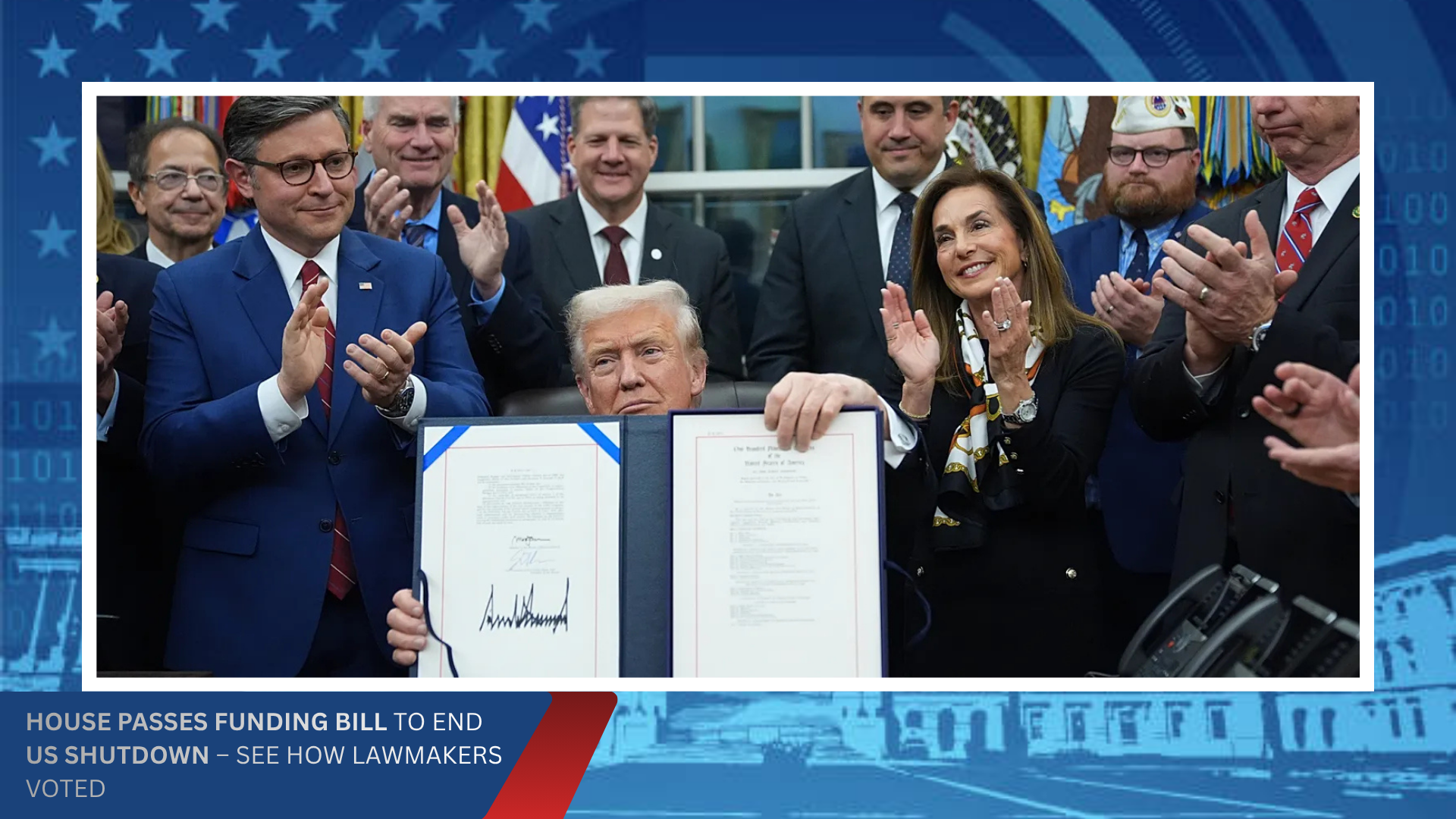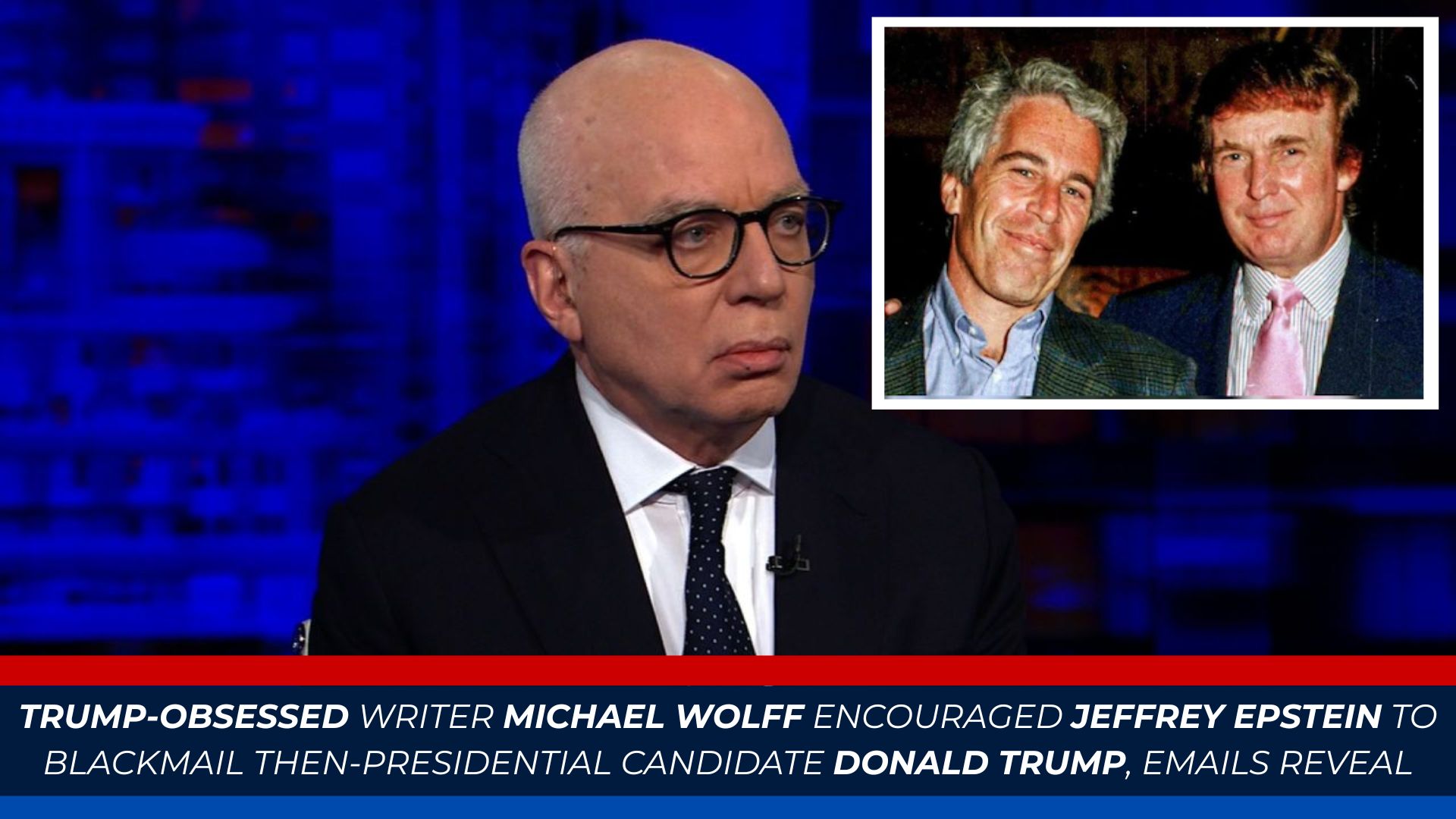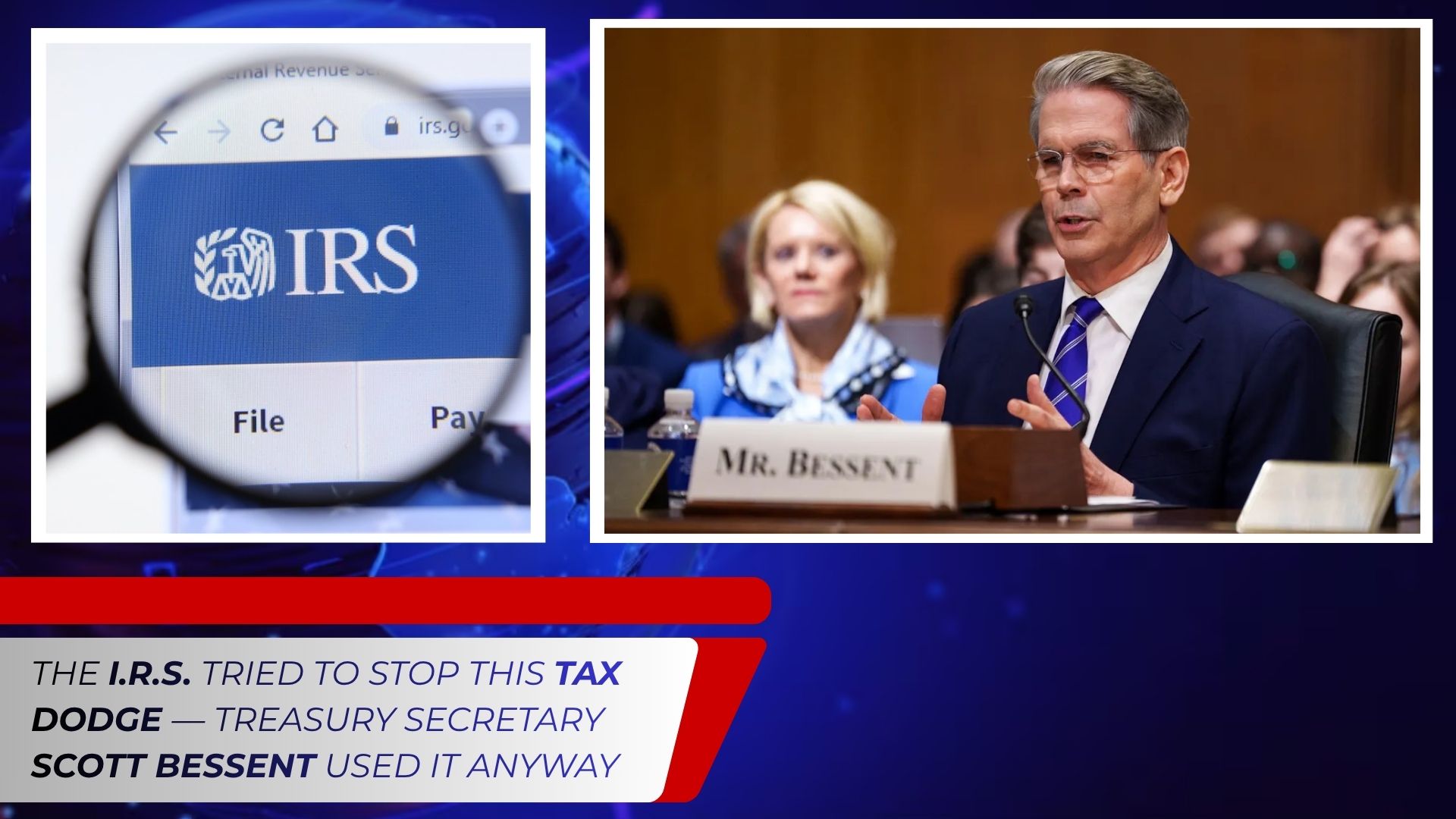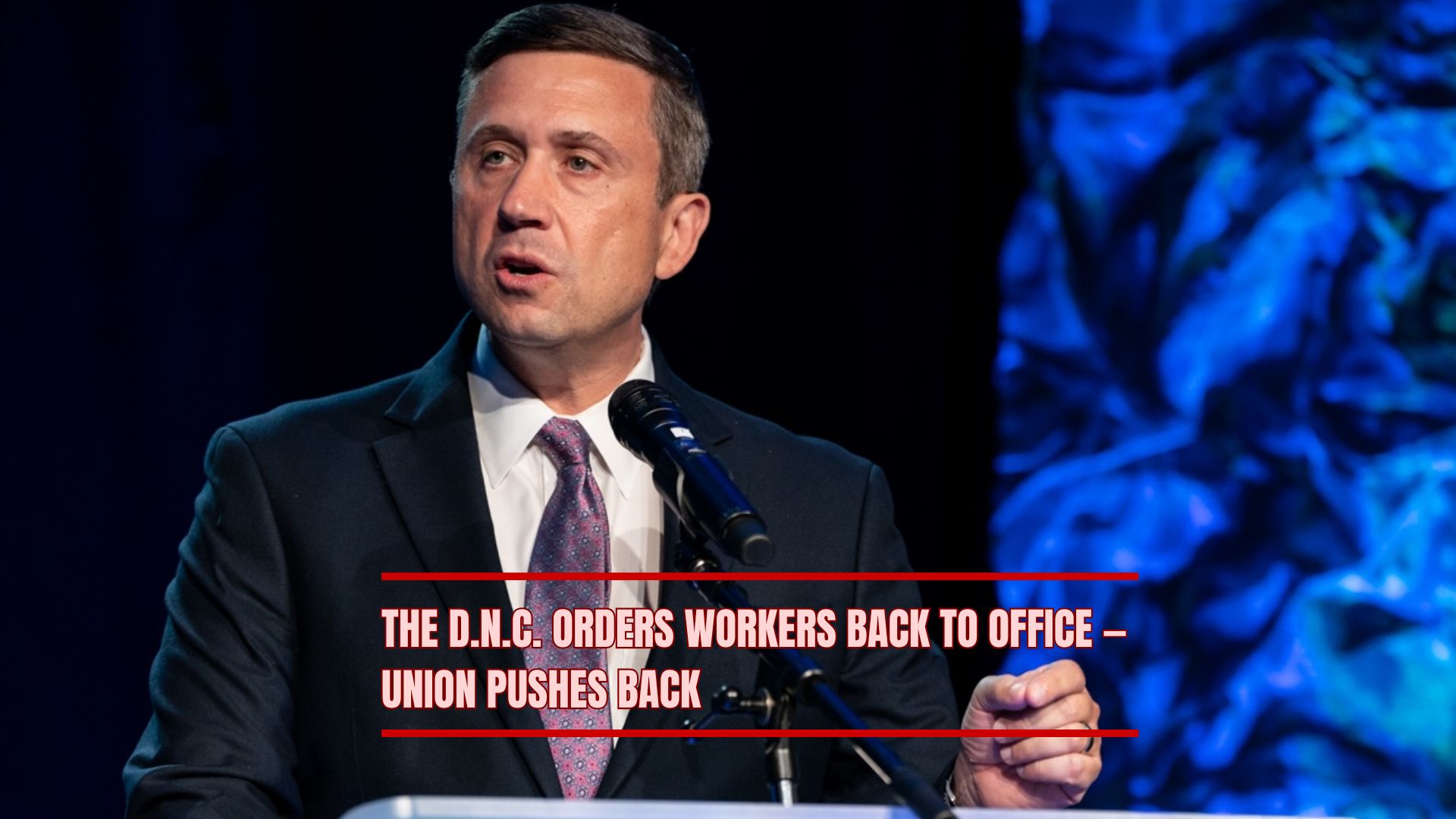The Trump administration has significantly heightened military activity in Latin America by deploying a U.S. aircraft carrier strike group off the coast of South America. The move, which officials say is designed to counter drug trafficking and “illicit actors,” has quickly stirred diplomatic concern across the region and renewed questions about the United States’ strategy toward Venezuela and its neighboring nations.
Defense Secretary Pete Hegseth confirmed that the USS Gerald R. Ford, a nuclear-powered aircraft carrier, is now operating under U.S. Southern Command, accompanied by guided missile destroyers and supporting naval assets. The Pentagon framed the deployment as an effort to strengthen the United States’ capacity to “detect, monitor, and disrupt” operations that threaten national and regional stability.
The Deployment and Its Significance
The Gerald R. Ford is one of the most advanced carriers in the world, capable of launching dozens of aircraft simultaneously and coordinating complex sea and air operations. Its strike group includes destroyers, cruisers, and logistics ships — a force configuration typically associated with deterrence or high-readiness posturing rather than routine surveillance.
By reassigning this carrier from other global missions to the Southern Command area, the United States is signaling that it considers the Western Hemisphere, and particularly Venezuela’s proximity, an area of strategic concern. The move also marks one of the most significant U.S. naval buildups in South American waters in decades.
Why the Deployment Matters
Officials say the deployment is tied to a broader campaign to curb drug trafficking and the movement of illicit materials through the Caribbean and South American coastal routes. U.S. military sources described it as part of a “multi-domain strategy” aimed at enhancing maritime enforcement capabilities.
However, analysts and diplomats see deeper motives. The decision comes amid renewed friction with the Venezuelan government under President Nicolás Maduro. Washington has long accused Venezuela of harboring or tolerating transnational criminal groups and smuggling networks that facilitate drug trafficking into North America. The Venezuelan government, for its part, has dismissed these claims as “imperialist propaganda.”
The Trump administration’s hardline stance on Venezuela has included waves of economic sanctions, diplomatic isolation, and now a visible military presence close to its shores. Critics argue that the carrier deployment goes beyond counter-narcotics enforcement and edges into coercive diplomacy — a show of strength meant to pressure Caracas and deter any regional alignment against U.S. interests.
Regional and International Response
The reaction across Latin America has been mixed. Venezuela’s government condemned the move as a “reckless provocation,” claiming that it violates international norms and threatens to destabilize the region. Venezuelan officials have increased their own military readiness, including coastal patrols and anti-air defenses, framing the U.S. deployment as an “imminent threat.”
In neighboring countries such as Colombia and Brazil, the response has been more cautious. Some governments quietly welcome a stronger U.S. stance against narcotics networks but are wary of being drawn into a broader geopolitical confrontation. Regional blocs, including the Community of Latin American and Caribbean States (CELAC), have called for restraint and urged all parties to avoid “actions that could inflame existing tensions.”
Diplomatic observers in Europe and the United Nations have voiced concern that deploying a major naval force could lead to miscalculations or unintended incidents, particularly if U.S. ships operate close to Venezuelan waters or interact with local patrols. The situation has revived old debates about the militarization of U.S. foreign policy in Latin America — a region historically sensitive to perceived interventions.
Domestic and Legal Implications
Inside the United States, the deployment is sparking political debate as well. Supporters of the move say it underscores President Trump’s commitment to national security and his willingness to project strength beyond U.S. borders. They argue that it’s part of a consistent effort to dismantle international criminal enterprises that threaten American communities through drug trafficking and human smuggling.
Critics, however, view the action as unnecessarily provocative and possibly unconstitutional if it leads to conflict without congressional authorization. Legal experts have raised questions about the boundaries of executive power in military deployments that could be interpreted as aggressive or preemptive. Others point out that large-scale naval operations are expensive and may strain resources already stretched by global commitments.
Strategic Objectives
Beyond deterrence and counter-narcotics missions, the deployment likely serves several strategic goals. First, it reasserts American presence in a region where China and Russia have increased diplomatic and economic influence. Both countries have expanded trade and defense partnerships in Latin America, often supporting regimes like Venezuela that oppose U.S. policies.
Second, it reinforces the message that the Trump administration is willing to use hard power as an instrument of policy — a theme consistent with its approach in other regions. The presence of the Gerald R. Ford also provides flexibility for humanitarian or security operations should conditions in the region deteriorate further.
Third, the deployment tests regional cooperation frameworks. The U.S. Southern Command often works with partner nations on intelligence sharing and maritime security. Whether those relationships strengthen or strain under this new show of force will help define the next phase of U.S.–Latin American relations.
Risks and Uncertainties
Despite the Pentagon’s assurances, several risks accompany such a high-profile deployment. Naval operations in contested or politically sensitive waters can easily lead to misunderstandings. Even minor incidents — such as an overflight, radio miscommunication, or an intercepted patrol — could escalate quickly in today’s charged political climate.
There is also the risk of mission creep. While the stated goal is counter-narcotics enforcement, the line between combating criminal networks and confronting political adversaries can blur in practice. Should U.S. assets engage vessels or aircraft linked to Venezuelan state actors, the crisis could escalate dramatically.
Moreover, the deployment raises broader questions about long-term U.S. strategy. Does this signify a return to Cold War–style interventions in the Americas, or a short-term demonstration of power meant to secure political leverage? The answer may depend on how both Washington and Caracas handle the coming weeks.
Conclusion
For now, the deployment of the USS Gerald R. Ford and its strike group represents both a tangible escalation and a symbolic gesture. It signals that the United States is willing to flex its military muscle in the Western Hemisphere to protect its interests and deter adversaries. Yet it also underscores the fragile state of U.S.–Venezuelan relations and the persistent instability across parts of Latin America.
The coming months will reveal whether this show of force succeeds in deterring criminal networks and reassuring allies — or whether it deepens mistrust and fuels further confrontation.
%20(4).png)



.png)




